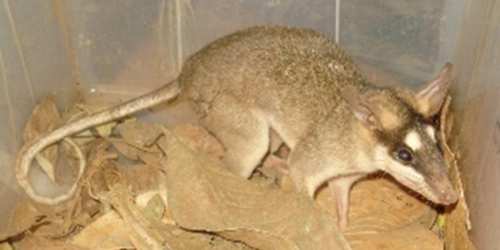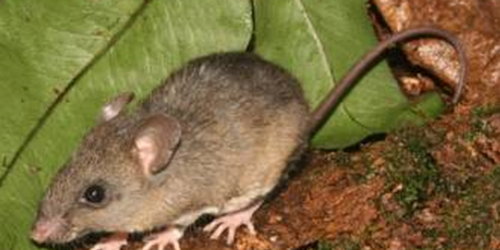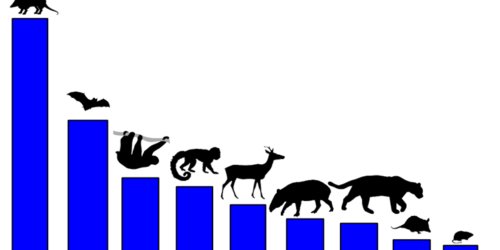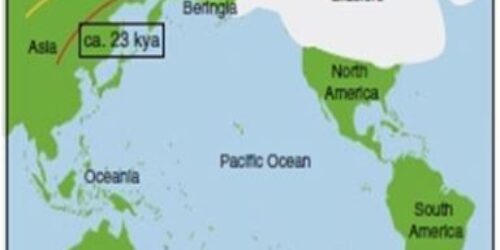Diversity in Amazonian peoples: the view of genetics
17 June 2021 | Duration of reading: 5 min
By Rafael Bisso-Machado
Continuing the research on Native American peoples presented here on Conexões Amazônicas Blog, in the text “Tupi or not Tupi: past and current migrations in South America”, today we will see how these migrations shaped the genetic variability of these peoples.
Native Americans (or Amerindians) have been the subject of a large number of population genetics studies due to some particular characteristics: there are groups that until recently had a hunter-gatherer way of life and had no written language and, consequently, no written record of their history. Biological studies can therefore be used to investigate the past of these peoples.
The first genetic studies with Native Americans examined, through blood samples, the variability of blood groups and proteins. The advent of modern molecular biology, which allows for direct and detailed analysis of DNA, has opened up new possibilities for investigating these populations.

South American Amerindian (Indigenous) art with different patterns in pottery and basketwork. Image: Conexões Amazônicas Archive.
The study presented here made use of mitochondrial DNA (i.e., maternally inherited) and the Y chromosome (paternally inherited). See the text "Traces of the past: the history of Amazonian Native Americans revealed through genetics” to understand the characteristics of this method and the importance of using mitochondrial and Y-chromosome DNA in these studies.
We analyzed the genetic variability of Amazonian Native American peoples, that is, the presence of genetic differences. Human DNA variants can be classified into pathogenic (that cause disease) and non-pathogenic (that does not cause disease). The most common variants do not cause disease. DNA is constantly being damaged and being repaired. Most damage is repaired efficiently, but failure to repair that damage is a major cause of genetic variation. Furthermore, migrant individuals from other populations bring different genetic variants to the population of the places they arrive, thus altering the genetic diversity of that population. These variations in DNA are useful as markers, meaning they can be used to identify a person. They are important in analysis of ancestry, forensics, and studies of origins and relationships between populations.
There are four mitochondrial DNA lineages native to South America. It is possible to visualize the spatial distribution of these lineages by analyzing the DNA of different individuals and, subsequently, by classifying their lineages. Individuals belonging to the same lineage have the same DNA variants. See the map below for the spatial pattern of the four mitochondrial DNA lineages native to South America.

Mitochondrial DNA lineage frequency distribution map showing the geographic pattern of the four mitochondrial DNA lineages in South American natives. Each letter (A, B, C, D) corresponds to a lineage. The dots indicate the locations of the populations studied. The colors represent the frequencies of each lineage: the more blue, the lower the frequency, the more red, the higher the frequency. Figure from Bisso-Machado et al. 2012.
We compared the presence of non-indigenous lineages in populations from southern Brazil and in Amazonian populations. Our study shows that there is a greater presence of non-indigenous lineages in the populations of southern Brazil than in the populations of the Amazon region, probably due to greater admixture with non-indigenous in the populations of the South than in the Amazon region.
The presence of mitochondrial DNA of non-indigenous origin was rare, in contrast to the Y-chromosome data. This is a reflection of the uneven admixture, common during the first centuries of the arrival of Europeans on the American continent. This admixture involved mainly European men and indigenous and African women.
The main genetic consequence of this historical contact was the formation of current Latin American populations, characterized by having the majority of Y chromosomes of European origin and mitochondrial DNA of indigenous or African origin. In other words, they are populations with a greater predominance of European paternal heritage and indigenous and/or African maternal heritage.
According to our study, it is notable that most of the Native American mitochondrial DNA variability is intrapopulational. This means that individuals that are part of the same population have more genetic diversity among themselves than compared to individuals from other populations. This genetic diversity was influenced by the geography and language of each population. But some additional factors may also have influenced this diversity: distinct patterns of male and female migration, as well as cultural characteristics and other factors that continue to be studied.
Our study highlights that the genetic variability of Amazonian human populations is altered by different factors and that it is even influenced differently in their maternal and paternal lineages.
Science is done collaboratively
The text presented is the result of research carried out by Rafael Bisso Machado in collaboration with researchers from Brazil, Argentina, Spain, USA and Peru. Studies carried out since when Rafael held his master's degree. It is worth mentioning the names of the researchers who played a direct role as advisors / supervisors of the author of this work: Maria Cátira Bortolini, Tábita Hünemeier, Nelson Jurandi Rosa Fagundes. Special mention to Professor Francisco Mauro Salzano (in memoriam), who was an inspiration for studying the evolution of Native American populations. These researches had the financial support of the federal government, through CAPES and CNPq.
Want to know more? Access the links below!
Bisso-Machado, R. (2021) Tupi or not Tupi: migrações pré-históricas e atuais na América do Sul. Conexões Amazônicas, 18 de mar. de 2021. (Link)
Bisso-Machado, R. (2021) Vestígios do passado: a história dos nativos americanos amazônicos revelada através da genética. Conexões Amazônicas, 14 de jan. de 2021. (Link)
Bisso-Machado, R., Bortolini, M. C., Salzano, F. M. (2012) Uniparental genetic markers in South Amerindians. Genetics and Molecular Biology, 35, 365-87. (Link)

Rafael Bisso-Machado é biólogo (UFRGS), mestre e doutor em Genética e Biologia Molecular (UFRGS). Fez pós-doutorado no Departamento de Genética da UFRGS e foi professor adjunto na UdelaR (Uruguay). Atualmente é pós-doutorando no Programa de Pós-Graduação em Genética e Biologia Molecular da Universidade Federal do Rio Grande do Sul (PPGBM-UFRGS).
More information on Lattes and at ResearchGate.








